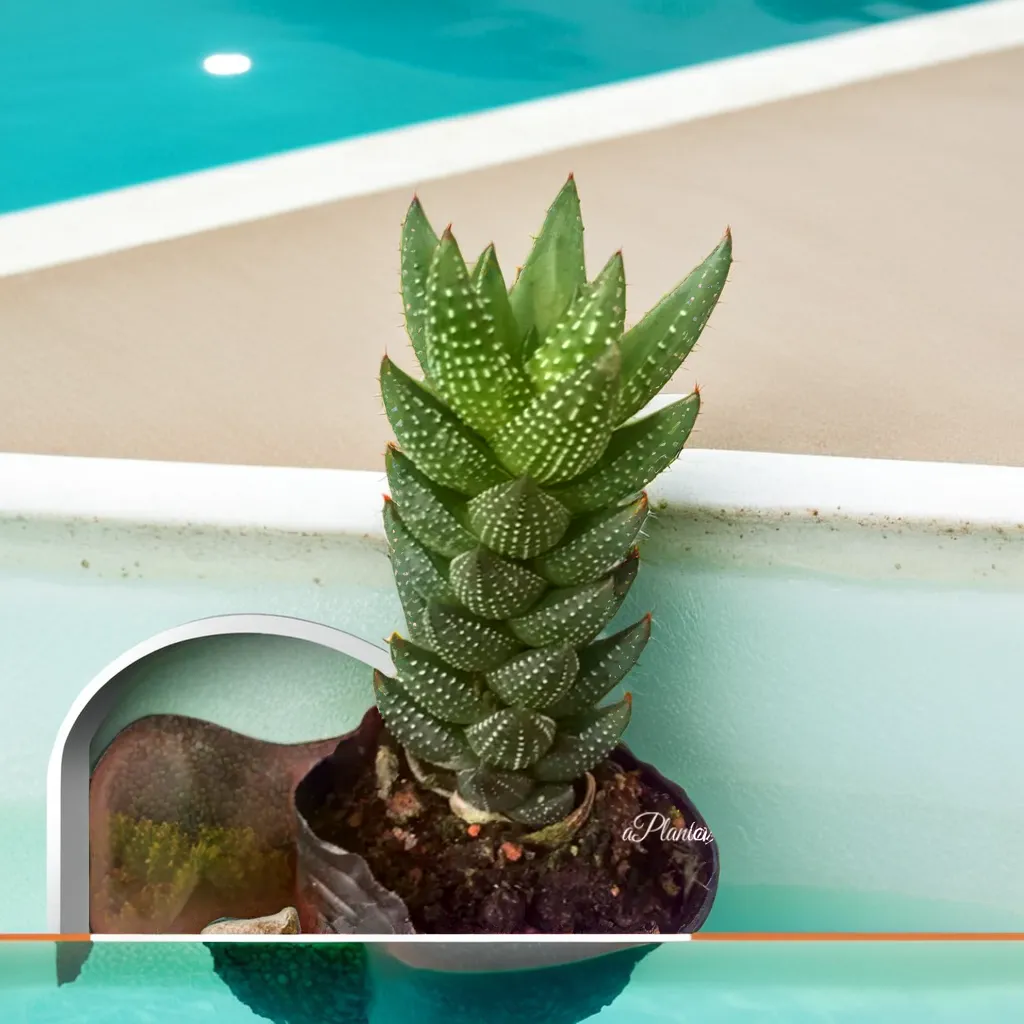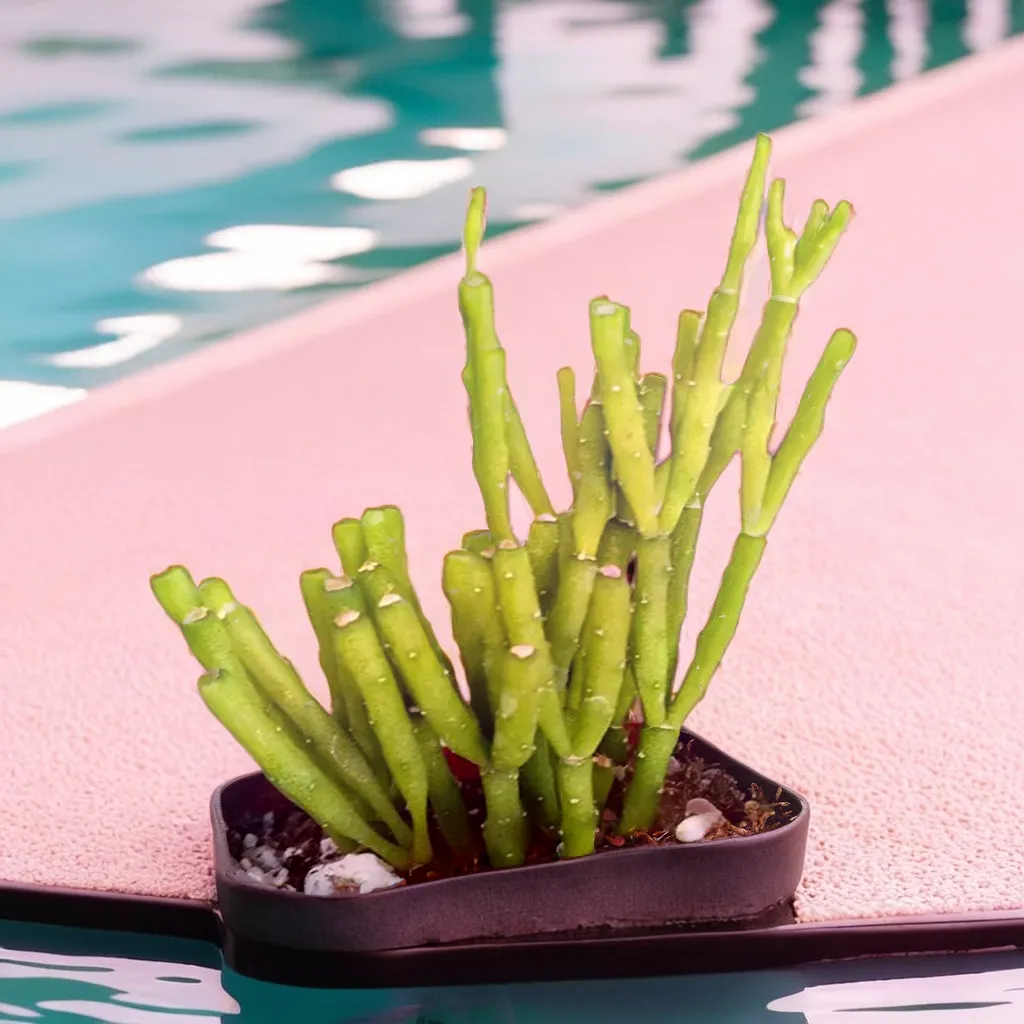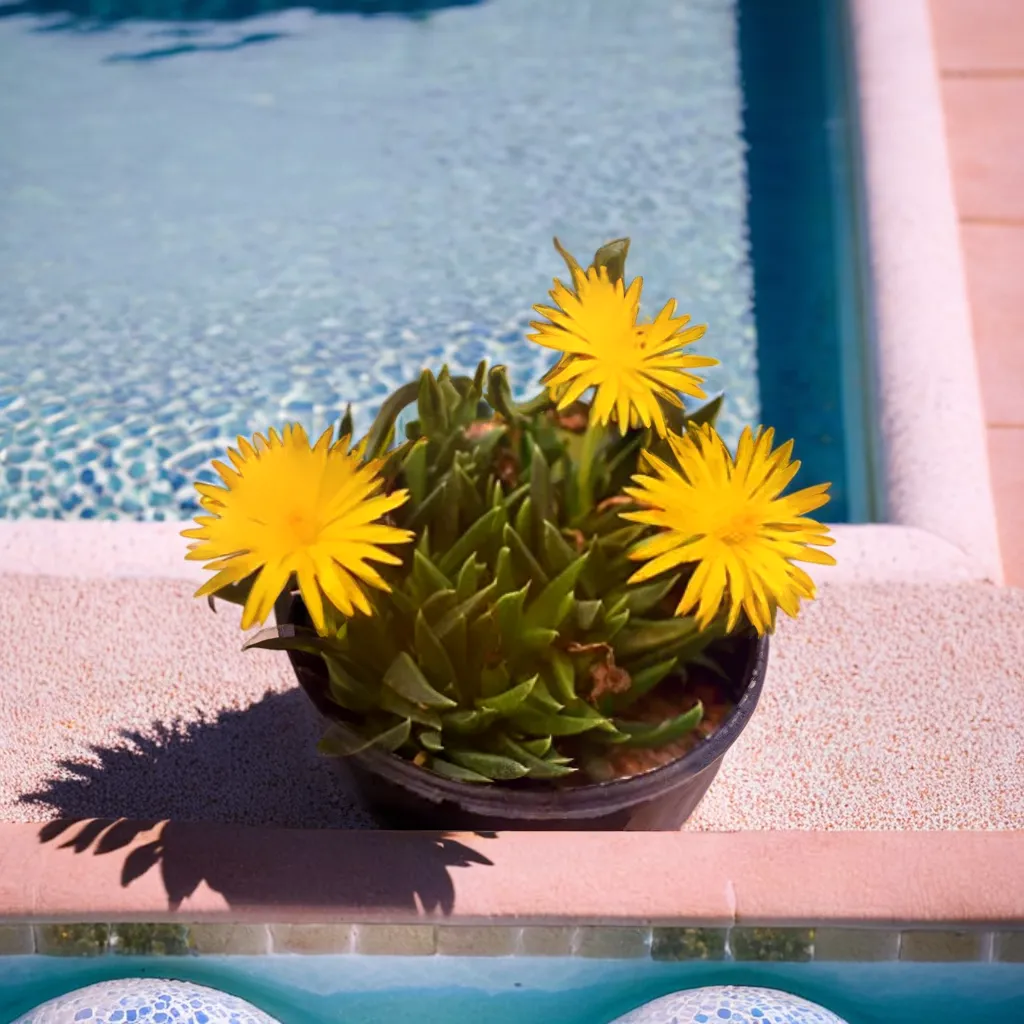Description
The Flapjack Kalanchoe, also known as Kalanchoe luciae or Paddle Plant, is a fascinating succulent with paddle-shaped, flat, and thick leaves that have a striking red or bronze color on the edges.
How To grow and care for Flapjack Kalanchoe :
- Light: Flapjack Kalanchoe thrives in bright, indirect sunlight. It can tolerate some direct sun, especially in the morning or late afternoon, but be cautious of intense, prolonged sunlight, which can cause leaf burn. If growing indoors, place the plant near a sunny window where it can receive ample light.
- Temperature: Flapjack Kalanchoe prefers moderate to warm temperatures between 60°F to 75°F (15°C to 24°C). It can handle short periods of cooler temperatures but should be protected from frost and freezing conditions.
- Soil: Use a well-draining succulent or cactus potting mix. A mixture of regular potting soil with perlite or sand can also work well to ensure adequate drainage.
- Watering: Flapjack Kalanchoe is a drought-tolerant plant. Allow the soil to dry out almost completely between waterings. In the growing season (spring and summer), water sparingly but thoroughly. In the dormant winter months, reduce watering frequency and water only when the soil is dry to the touch.
- Humidity: Flapjack Kalanchoe is adapted to dry environments and does not require high humidity. Normal household humidity levels are typically sufficient.
- Fertilizer: During the growing season, you can feed your Flapjack Kalanchoe with a balanced liquid succulent fertilizer diluted to half-strength. Apply the fertilizer once a month or as directed on the product label. Avoid fertilizing during the dormant winter period.
- Potting and Repotting: Repot your Flapjack Kalanchoe when it outgrows its current container or every 2-3 years. Choose a slightly larger pot with drainage holes and fresh succulent potting mix. Repotting is best done during the growing season.
- Pruning: Flapjack Kalanchoe does not require much pruning. However, you can remove any dead or damaged leaves by gently plucking them off near the base.
- Pest and Disease Control: Flapjack Kalanchoe is generally resistant to pests and diseases. However, keep an eye out for common succulent pests like mealybugs or aphids. If you notice any infestations, treat them promptly with appropriate insecticidal soap or neem oil.
- Propagation: Flapjack Kalanchoe can be propagated through leaf cuttings or offsets (baby plants that grow around the base of the main rosette). To propagate using leaf cuttings, gently remove a healthy leaf from the mother plant and allow the cut end to callous over before placing it on well-draining soil.
Remember that Flapjack Kalanchoe is a low-maintenance plant, and overwatering is one of the most common causes of problems. Always adjust your care routine based on the specific needs of your plant and your local climate. With proper care, Flapjack Kalanchoe will thrive and add beauty to your succulent collection.
You can also visit our store to buy succulents online , buy succulent planters, buy fertilizers online with various types of indoor plants and hardy succulents . You can refer to our informational site for more details about plant varieties.Click here for agricultural knowledge information.






